Color Psychology: Choosing the Right Colors for Your Dining Room
The color scheme of a room can greatly impact its overall atmosphere and mood. When it comes to the dining room, the right colors can create a welcoming and inviting space for family and friends to gather and enjoy meals together. But with so many options to choose from, how do you know which colors will work best for your dining room? In this article, we will explore the psychology behind color choices and provide tips on how to choose the perfect color scheme for your dining room.
How to Choose the Perfect Color Scheme for Your Dining Room
When deciding on a color scheme for your dining room, it is important to consider the purpose of the space. Are you looking to create a cozy and intimate atmosphere for small family dinners, or do you want to make a statement with bold and vibrant colors for larger gatherings? Understanding the function of your dining room will help guide your color choices.
Another factor to consider is the size of the room. If you have a small dining area, lighter and cooler colors will help create the illusion of a larger space. On the other hand, if you have a large dining room, warmer and darker colors can help make the space feel more intimate and inviting.
Top Tips for Choosing the Best Colors for Your Dining Room
When it comes to choosing the best colors for your dining room, there are a few key tips to keep in mind:
Creating a Cozy and Inviting Dining Room with the Right Color Palette
If you want to create a cozy and inviting atmosphere in your dining room, consider using warm and earthy tones. Shades of red, orange, and yellow can add warmth and richness to the space. These colors are also known to stimulate appetite, making them perfect for a dining room setting. To balance out the warmth, you can add touches of cool colors like blue or green through accents or artwork.
The Dos and Don'ts of Choosing Colors for Your Dining Room
There are some important dos and don'ts to keep in mind when choosing colors for your dining room:
Choosing the Right Dining Room Colors for Small Spaces
For those with a small dining room, there are some color choices that can help create the illusion of a larger space. Lighter colors, such as whites, creams, and pastels, can reflect more light and make the room feel more open and airy. You can also use mirrors to help create the illusion of more space and add depth to the room.
Using Color Theory to Create a Harmonious Dining Room Design
As mentioned before, the color wheel can be a helpful tool when it comes to creating a harmonious and visually appealing color scheme for your dining room. In addition to complementary colors, you can also use analogous colors - colors that are next to each other on the wheel - to create a more subtle and cohesive look. For example, shades of blue, green, and purple can work well together in a dining room setting.
Choosing the Perfect Accent Colors for Your Dining Room
Adding accents to your dining room can be a fun and creative way to incorporate different colors into the space. When choosing accent colors, it is important to consider the main color scheme of the room and choose colors that complement it. You can also use accent colors to add a pop of brightness or interest to the room. For example, if your dining room is mainly neutral, you can add a bold pop of color through artwork or a statement piece of furniture.
How to Incorporate Bold Colors into Your Dining Room Design
If you love bold and vibrant colors, there are a few ways you can incorporate them into your dining room design without overwhelming the space. One option is to choose one bold color as the main focus and use more neutral colors for the rest of the room. You can also use bold patterns and textures in your dining room to add visual interest and depth.
Creating a Timeless and Elegant Dining Room with Neutral Colors
For a timeless and elegant dining room, you can't go wrong with a neutral color palette. Shades of white, beige, and grey can create a sophisticated and classic look that will never go out of style. You can add interest to the room through different textures, such as a plush rug or a velvet chair, and incorporate metallic accents for a touch of glamour.
In conclusion, when it comes to choosing the right colors for your dining room, it is important to consider the purpose and size of the space, as well as use color theory and follow some helpful dos and don'ts. With these tips in mind, you can create a beautiful and inviting dining room that reflects your personal style and makes meals with loved ones even more enjoyable.
Choosing the Perfect Colors for Your Dining Room

Finding the Right Balance
 When it comes to designing your dining room, choosing the right colors is crucial. Not only do colors play a huge role in setting the tone and mood of the room, but they also have the power to make a space feel more inviting and visually appealing. However, with so many color options to choose from, it can be overwhelming to narrow down your choices. Here are some tips and tricks to help you find the perfect balance of colors for your dining room.
When it comes to designing your dining room, choosing the right colors is crucial. Not only do colors play a huge role in setting the tone and mood of the room, but they also have the power to make a space feel more inviting and visually appealing. However, with so many color options to choose from, it can be overwhelming to narrow down your choices. Here are some tips and tricks to help you find the perfect balance of colors for your dining room.
Start with a Neutral Base
 When in doubt, stick with neutral colors for the base of your dining room. This includes colors like white, beige, gray, or even light pastel shades. These colors create a clean and sophisticated look, providing a blank canvas for you to add pops of color and personality through your furniture and decor.
Pro Tip:
Opt for lighter shades if your dining room is small, as they can make the space appear larger and more open.
When in doubt, stick with neutral colors for the base of your dining room. This includes colors like white, beige, gray, or even light pastel shades. These colors create a clean and sophisticated look, providing a blank canvas for you to add pops of color and personality through your furniture and decor.
Pro Tip:
Opt for lighter shades if your dining room is small, as they can make the space appear larger and more open.
Consider Your Lighting
 Lighting plays a crucial role in how colors look in a room. Natural light can make colors appear more vibrant, while artificial light can sometimes make them appear dull. When selecting colors for your dining room, consider the amount of natural and artificial light the room receives. This will help you choose colors that will look their best in your specific space.
Lighting plays a crucial role in how colors look in a room. Natural light can make colors appear more vibrant, while artificial light can sometimes make them appear dull. When selecting colors for your dining room, consider the amount of natural and artificial light the room receives. This will help you choose colors that will look their best in your specific space.
Think About Your Furniture
 Another important factor to consider when choosing colors for your dining room is your furniture. If you have a statement piece of furniture, such as a bold-colored dining table, you may want to choose more neutral colors for the walls and decor. This will prevent the room from feeling too overwhelming or cluttered. On the other hand, if your furniture is more neutral, you can opt for bolder colors on the walls to add some personality to the space.
Another important factor to consider when choosing colors for your dining room is your furniture. If you have a statement piece of furniture, such as a bold-colored dining table, you may want to choose more neutral colors for the walls and decor. This will prevent the room from feeling too overwhelming or cluttered. On the other hand, if your furniture is more neutral, you can opt for bolder colors on the walls to add some personality to the space.
Use the 60-30-10 Rule
 A popular rule in interior design is the 60-30-10 rule, which suggests using 60% of a dominant color, 30% of a secondary color, and 10% of an accent color. This rule can be helpful when choosing colors for your dining room. Stick with your dominant color for the walls, secondary color for the furniture or larger decor pieces, and accent color for smaller decor items or pops of color throughout the room.
A popular rule in interior design is the 60-30-10 rule, which suggests using 60% of a dominant color, 30% of a secondary color, and 10% of an accent color. This rule can be helpful when choosing colors for your dining room. Stick with your dominant color for the walls, secondary color for the furniture or larger decor pieces, and accent color for smaller decor items or pops of color throughout the room.
Trust Your Instincts
 At the end of the day, the most important thing is that you feel comfortable and happy in your dining room. Don't be afraid to trust your instincts and choose colors that speak to you. After all, it's your space and it should reflect your personal style and taste.
In conclusion, choosing the perfect colors for your dining room doesn't have to be a daunting task. By considering factors such as lighting, furniture, and utilizing the 60-30-10 rule, you can create a beautifully balanced and inviting space. Trust your instincts and have fun with the process, and you'll have a dining room that you'll love spending time in.
At the end of the day, the most important thing is that you feel comfortable and happy in your dining room. Don't be afraid to trust your instincts and choose colors that speak to you. After all, it's your space and it should reflect your personal style and taste.
In conclusion, choosing the perfect colors for your dining room doesn't have to be a daunting task. By considering factors such as lighting, furniture, and utilizing the 60-30-10 rule, you can create a beautifully balanced and inviting space. Trust your instincts and have fun with the process, and you'll have a dining room that you'll love spending time in.



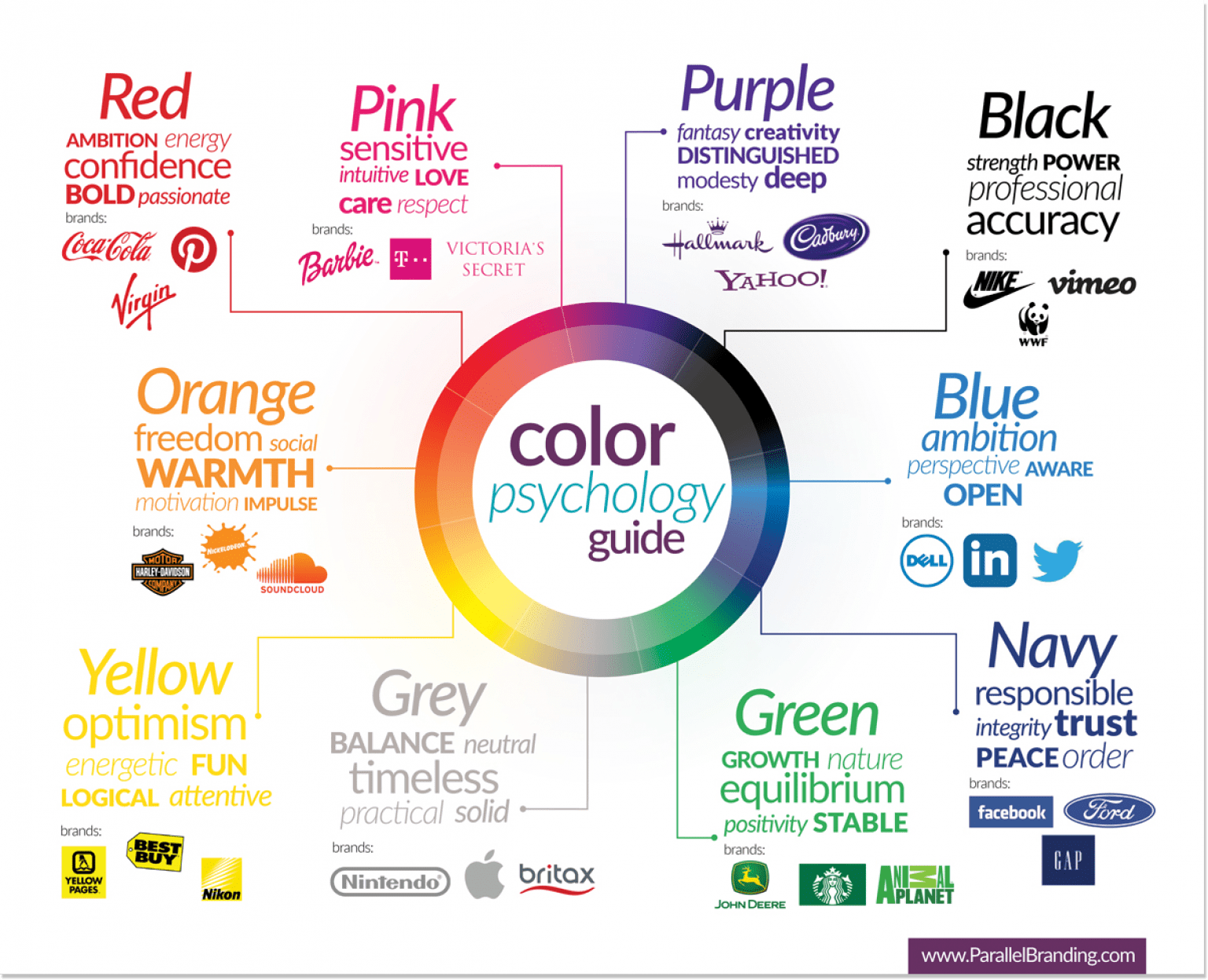
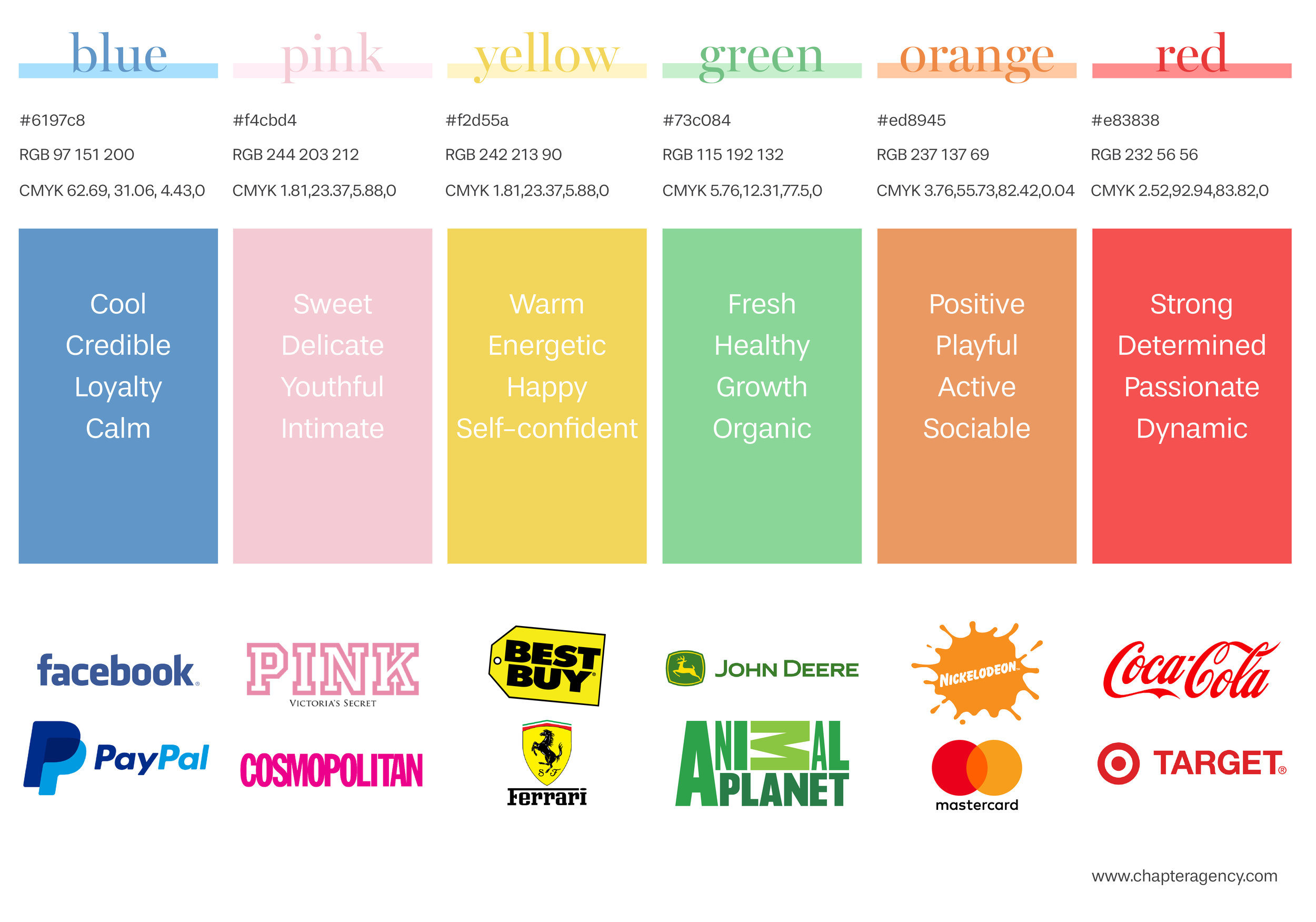


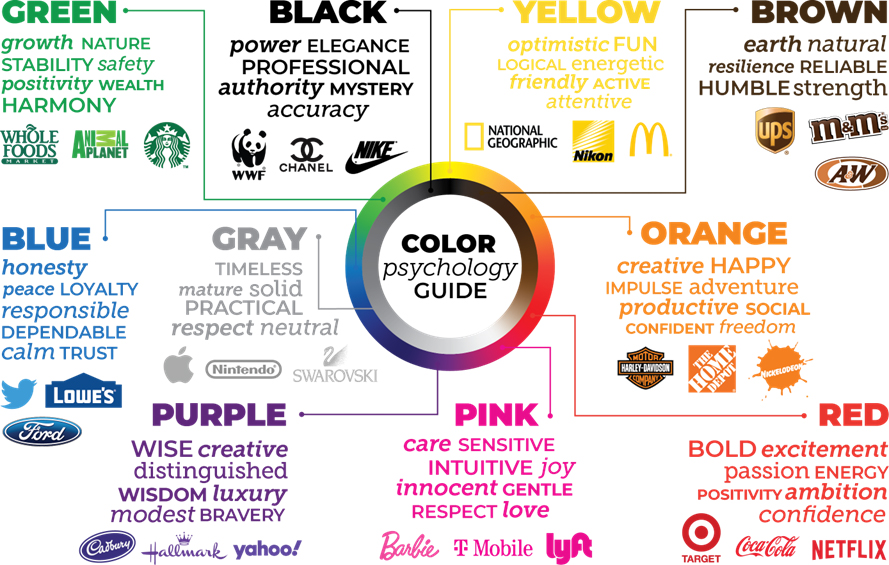













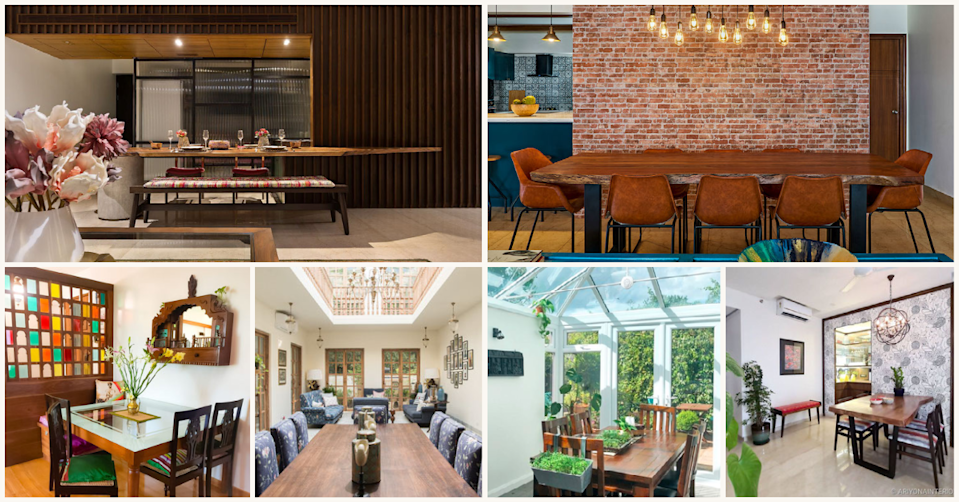





















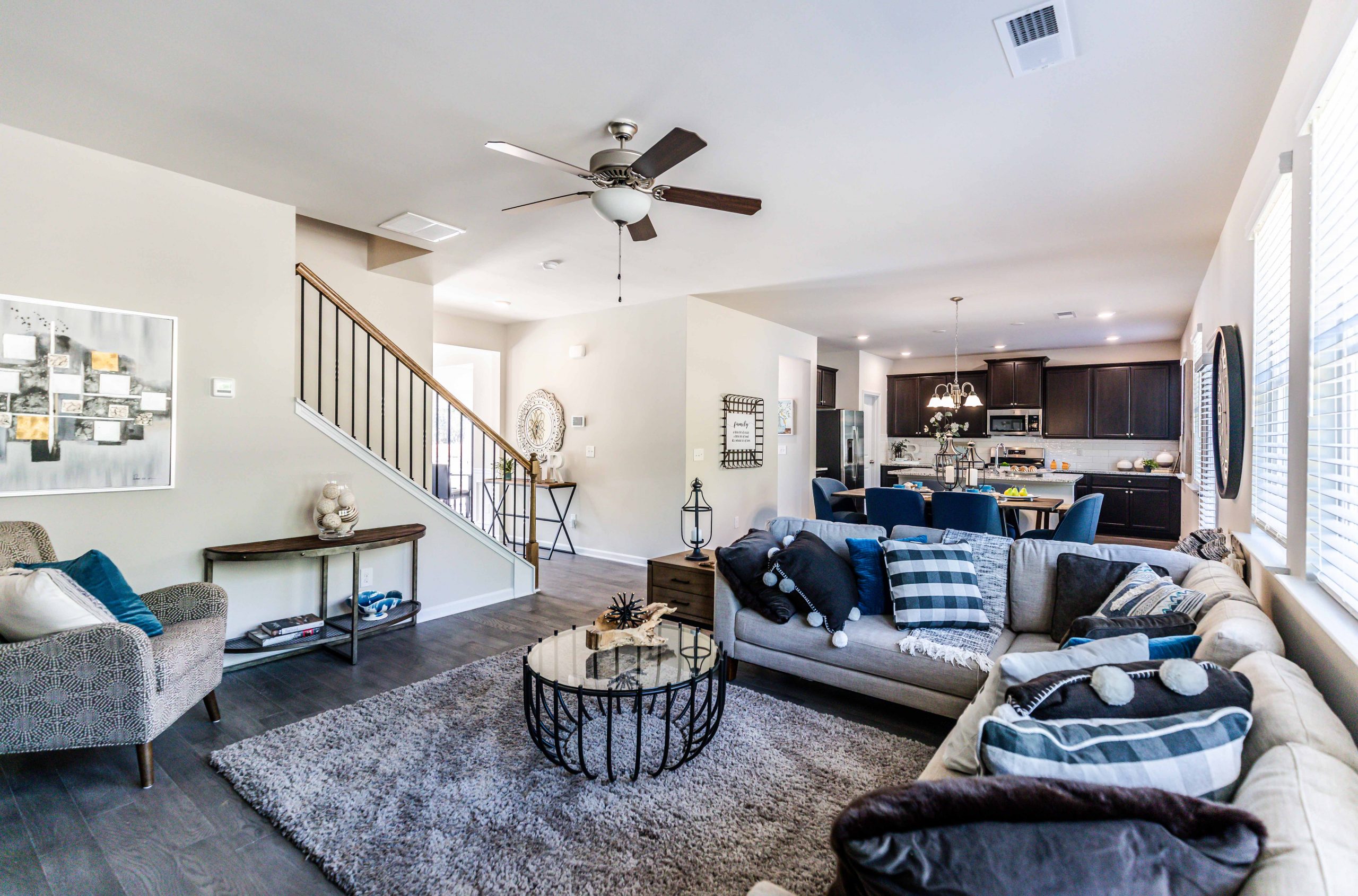


















:max_bytes(150000):strip_icc()/olgaadlerlightpewter1-56d3eca13df78cfb37d5385e.jpg)











.jpg#keepProtocol)
:max_bytes(150000):strip_icc()/orestudios_laurelhurst_tudor_03-1-652df94cec7445629a927eaf91991aad.jpg)













:max_bytes(150000):strip_icc()/cdn.cliqueinc.com__cache__posts__209952__if-you-do-this-one-thing-you-dont-need-to-redecorate-your-dining-room-1997706-1480544442.700x0c-7744b38e1e3c4806bd6da128e6d789b6.jpg)






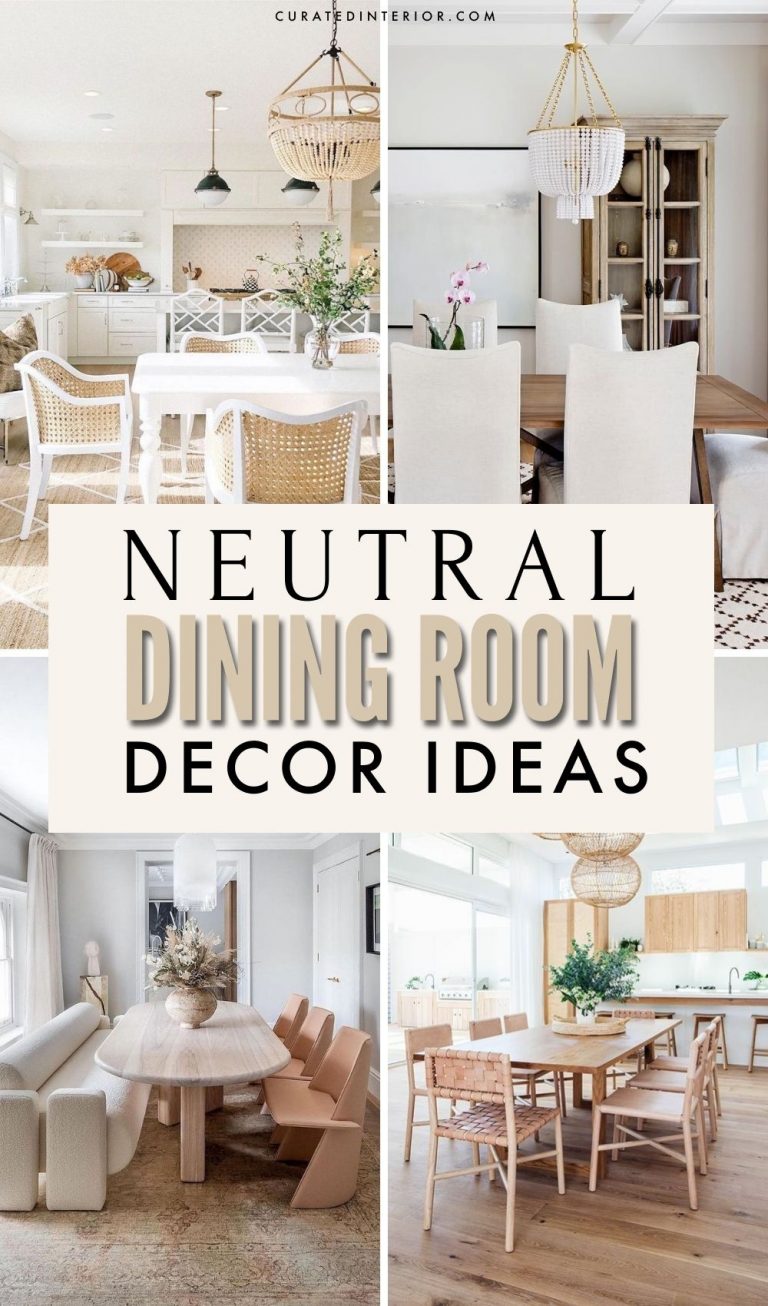
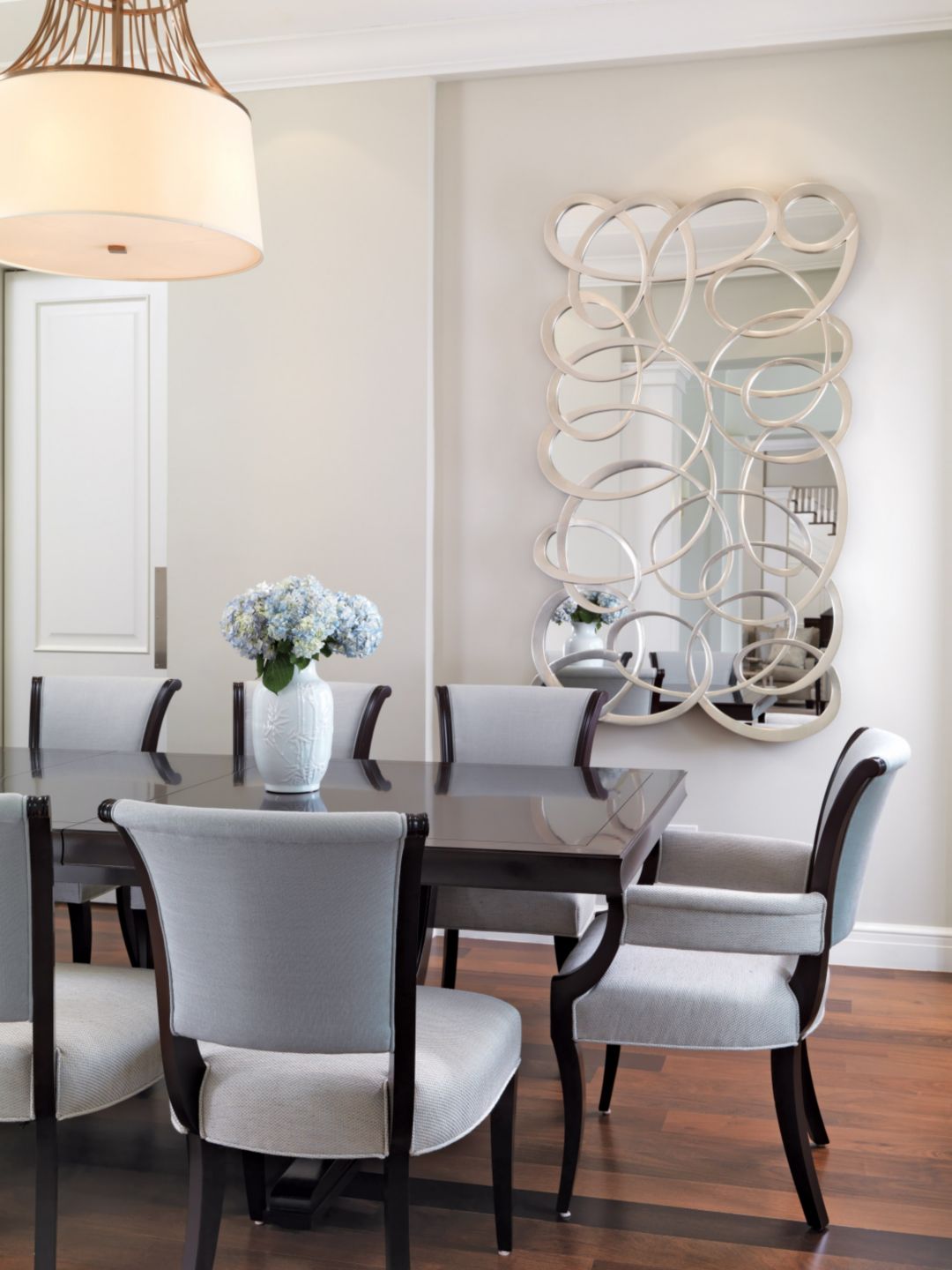






:max_bytes(150000):strip_icc()/dining-room-paint-colors-1822397-hero-18d1e598931c41d698f070a9f2d95022.jpg)






